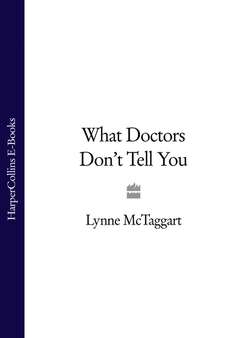Читать книгу What Doctors Don’t Tell You - Lynne McTaggart, Lynne McTaggart - Страница 15
ANGIOGRAPHY
ОглавлениеIf your doctor suspects that something is awry, he may trot you off for angiography, an x-ray test supposed to examine the state of your arteries via a contrast dye. The doctor will place a catheter into a blood vessel in your arm or leg, guide it towards the heart, and inject what is usually an iodinated dye like isosorbide dinitrate, which then travels into the main pump of the heart. Once all this is in place, the doctor will then snap pictures of your heart from different angles, all the while replenishing the supply of dye.
There’s plenty of evidence that this test also has a poor batting average, wrongfully setting in motion one of a number of potentially lethal heart operations. In one test in Boston, half of the 171 patients recommended to have a coronary angioplasty (the operation where furred-up veins are opened by tiny inflated balloons) on the basis of their angiograph were found not to need the operation. In the end, only 4 per cent of the patients advised to have the angiograph really needed one.33
Angiographs are also especially open to misinterpretation. In another study in which the pathology reports of deceased patients were compared with prior angiographs, two-thirds were found to be wrong.34 A number of critics blame the test itself, which only examines the main coronary arteries, will not show any vessel smaller than a 0.5 mm in diameter and will only highlight, at best, a quarter of all the blood flowing to the heart.
Many patients with an abnormal angiogram are referred for surgery, when, at best, the procedure can locate the site of a block and its severity, but not overall heart function. Angiography, for instance, cannot distinguish between patients with stable and unstable angina.
There’s also a problem with accuracy. In one instance, after the deaths of three patients unsuccessfully treated by angioplasty, pathology reports found that the angiography on which the procedure was recommended had given misleading information about the patients’ conditions.35
Finally, this nasty little test is not without its own dangers. The procedure itself causes death in two of every 1,000 patients or, at very least, can trigger a heart attack, stroke or severe blood loss.
Serious side-effects occur, regardless of the type of dye used,36 and reactions to the dye often appear up to a week later. In one study, nearly half the patients involved complained of delayed reactions – including itchiness, rash and nausea – from one hour to seven days later.37 More than 5 per cent of patients suffer reactions to the dye of moderate intensity, particularly those who have had the test before,38 and one in ten will have a reaction of some sort. Although most are mild, at least 1 in every 2,500 is quite severe.39
If you have to have such a test, the less dangerous option may be magnetic-resonance-imaging angiography, which doesn’t require either x-rays or dyes, but a magnetic field and pulses of radiowave energy to produce pictures of soft body tissues.40 And as it provides pictures in three dimensions and on multiple planes, it shows better differentiation of tissues.
